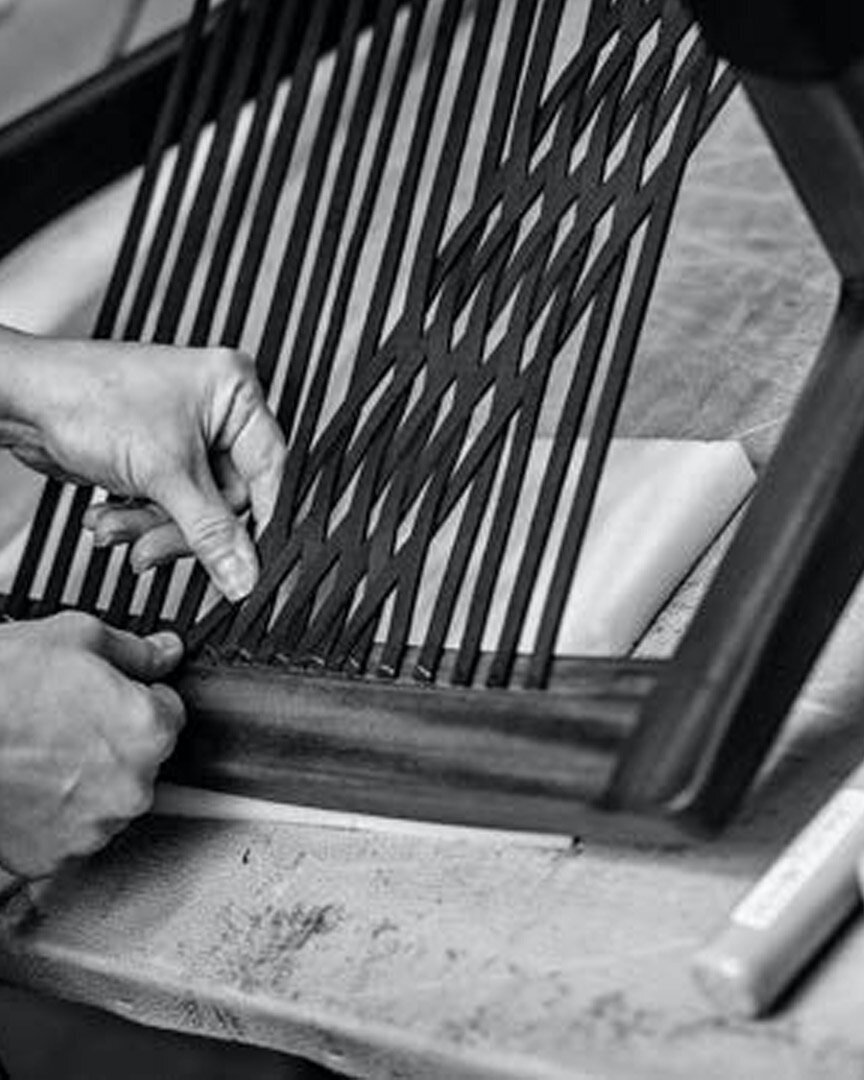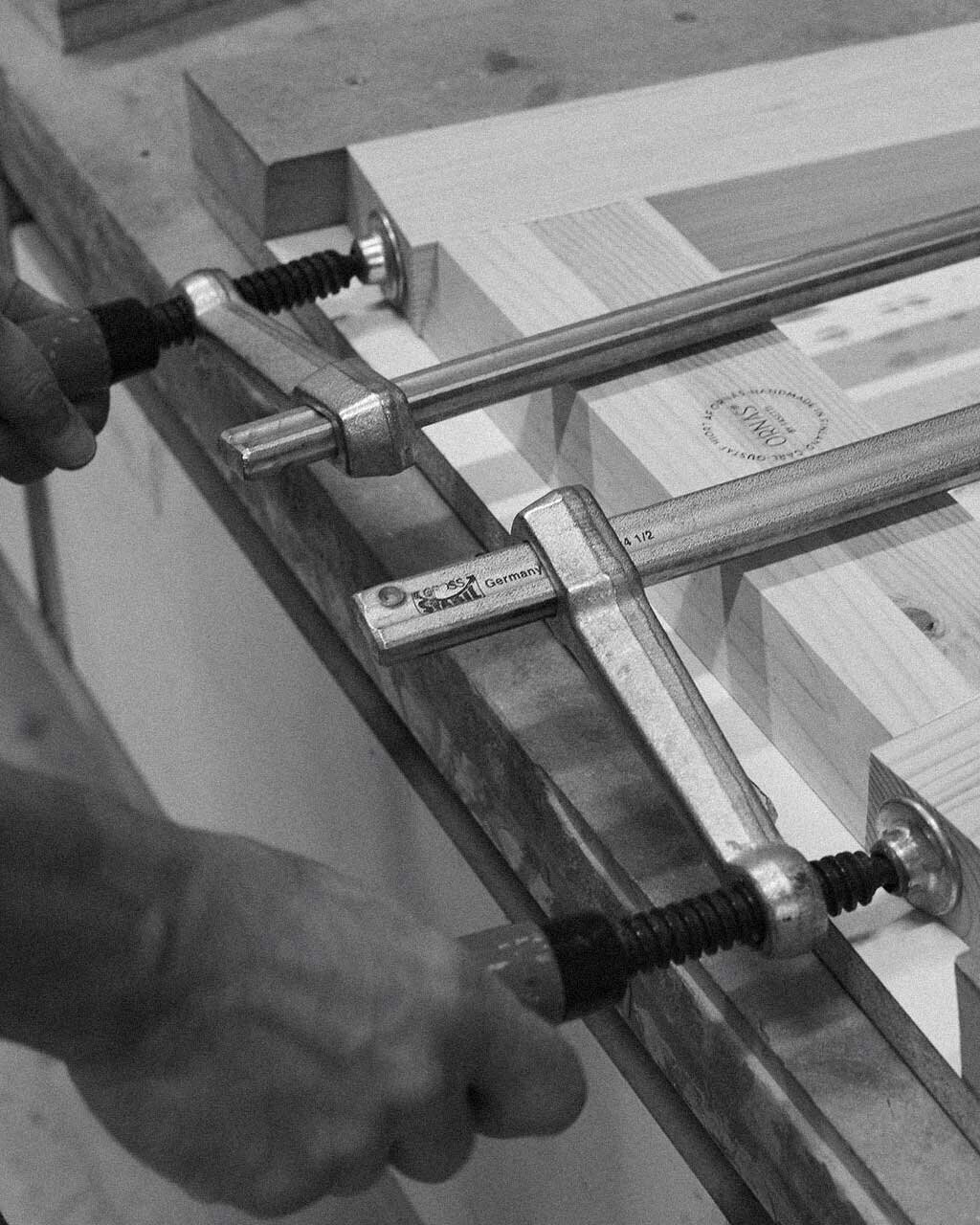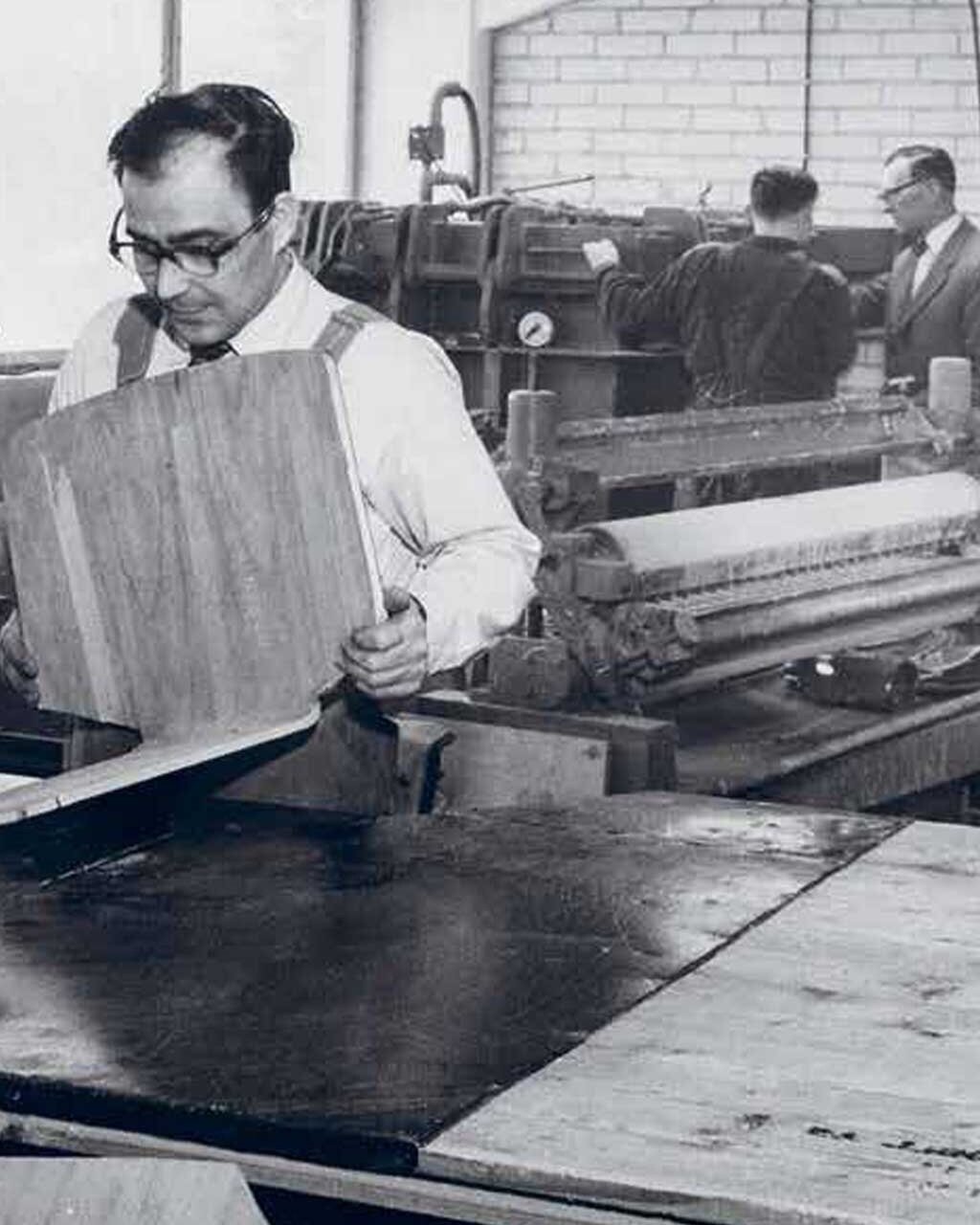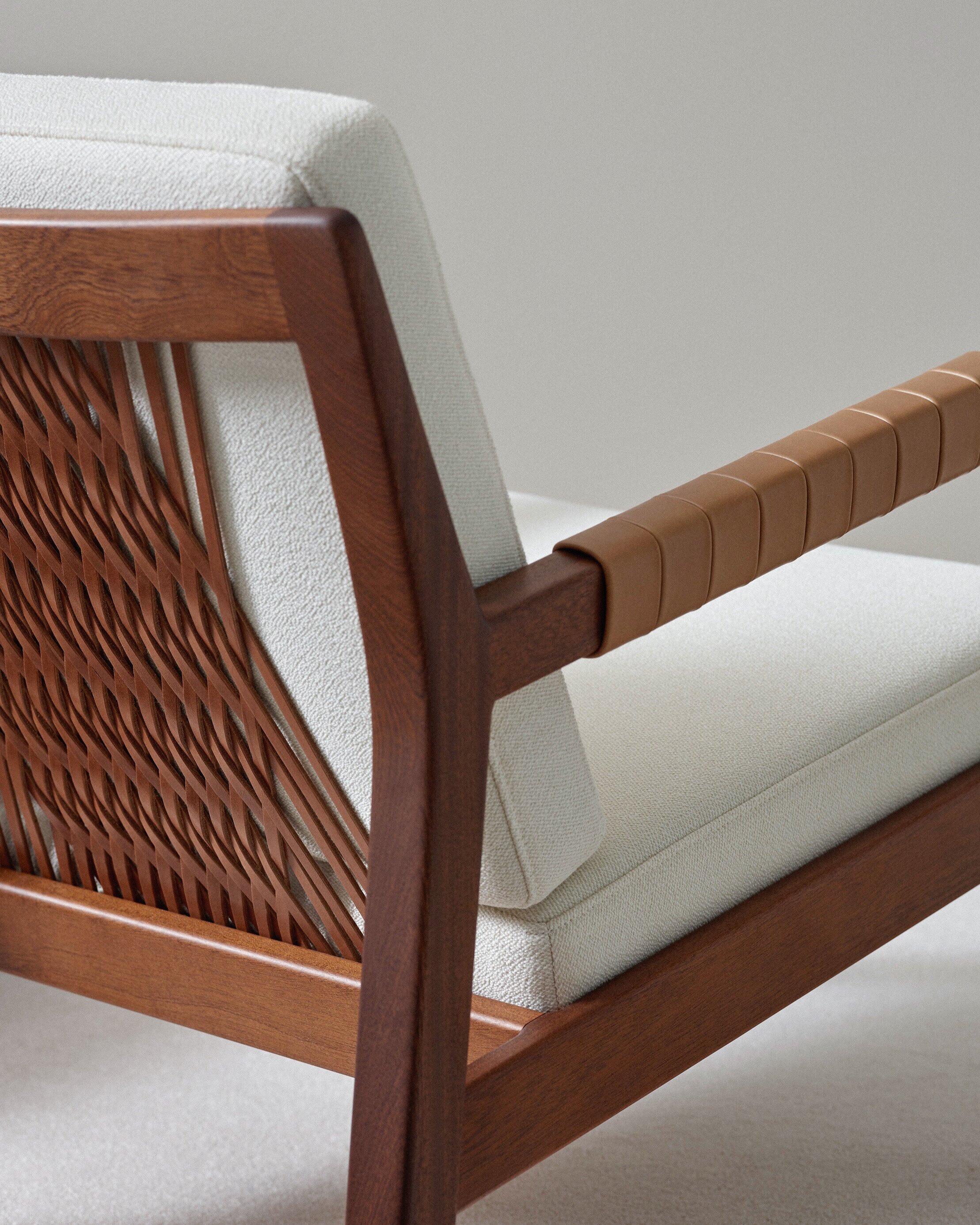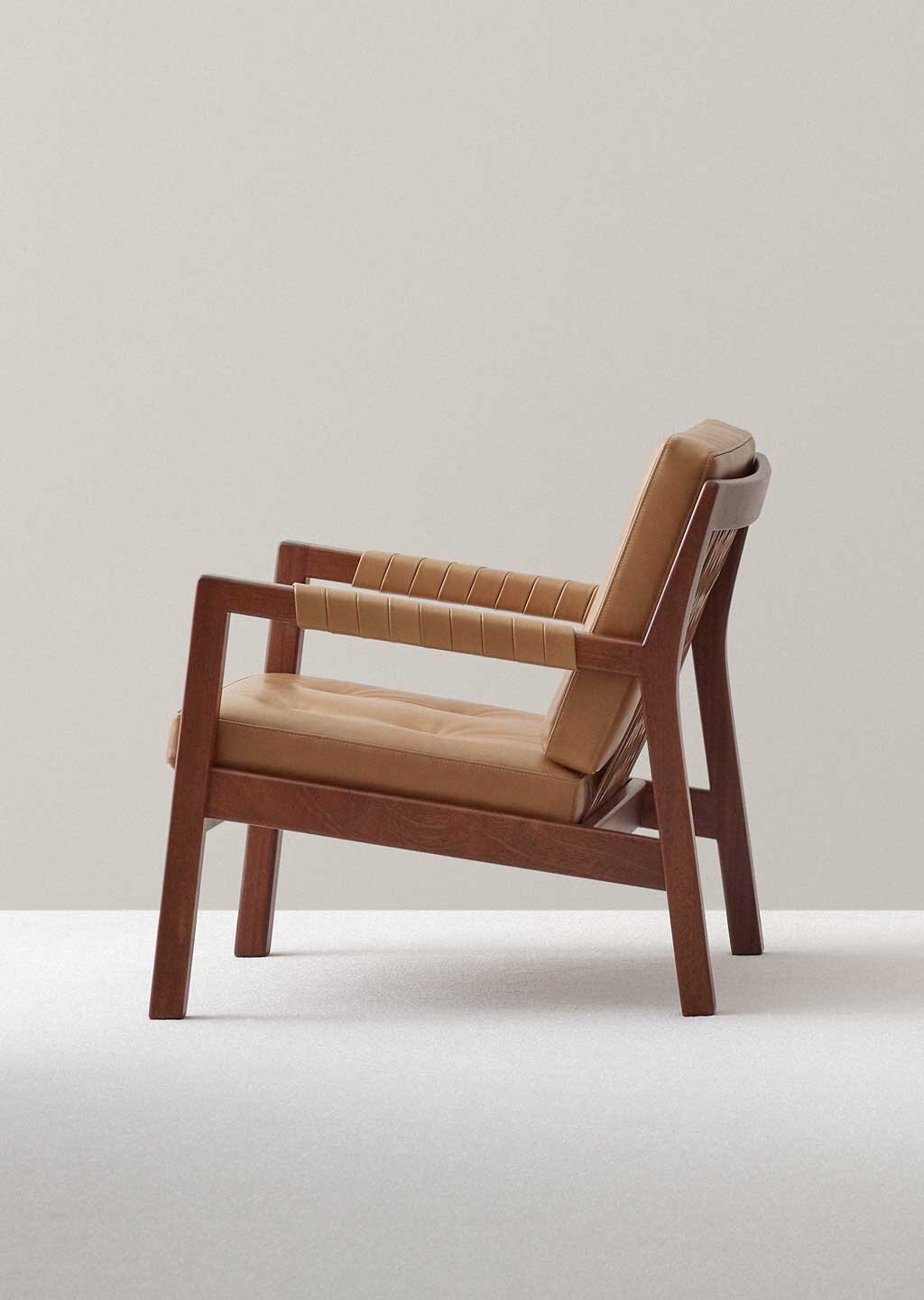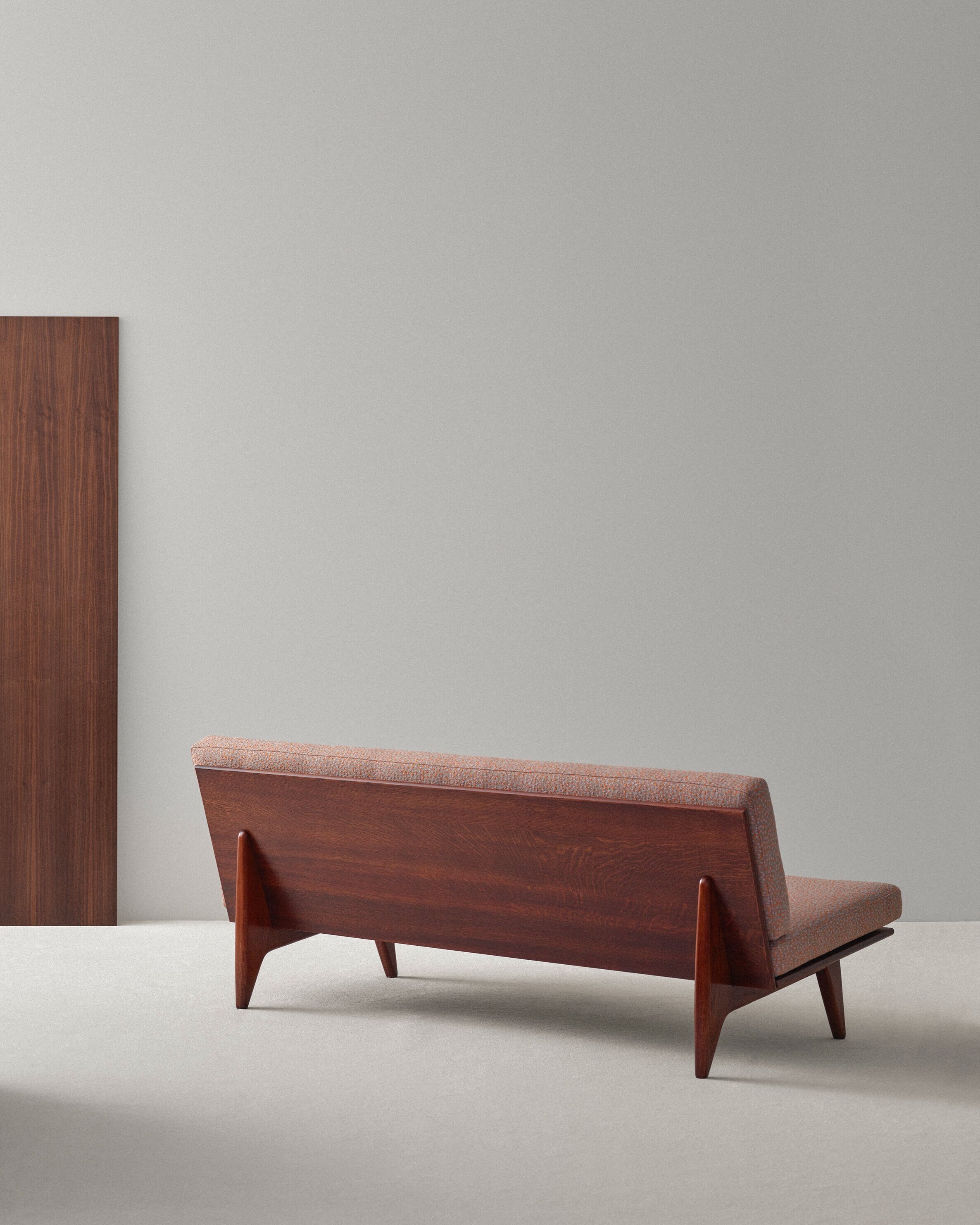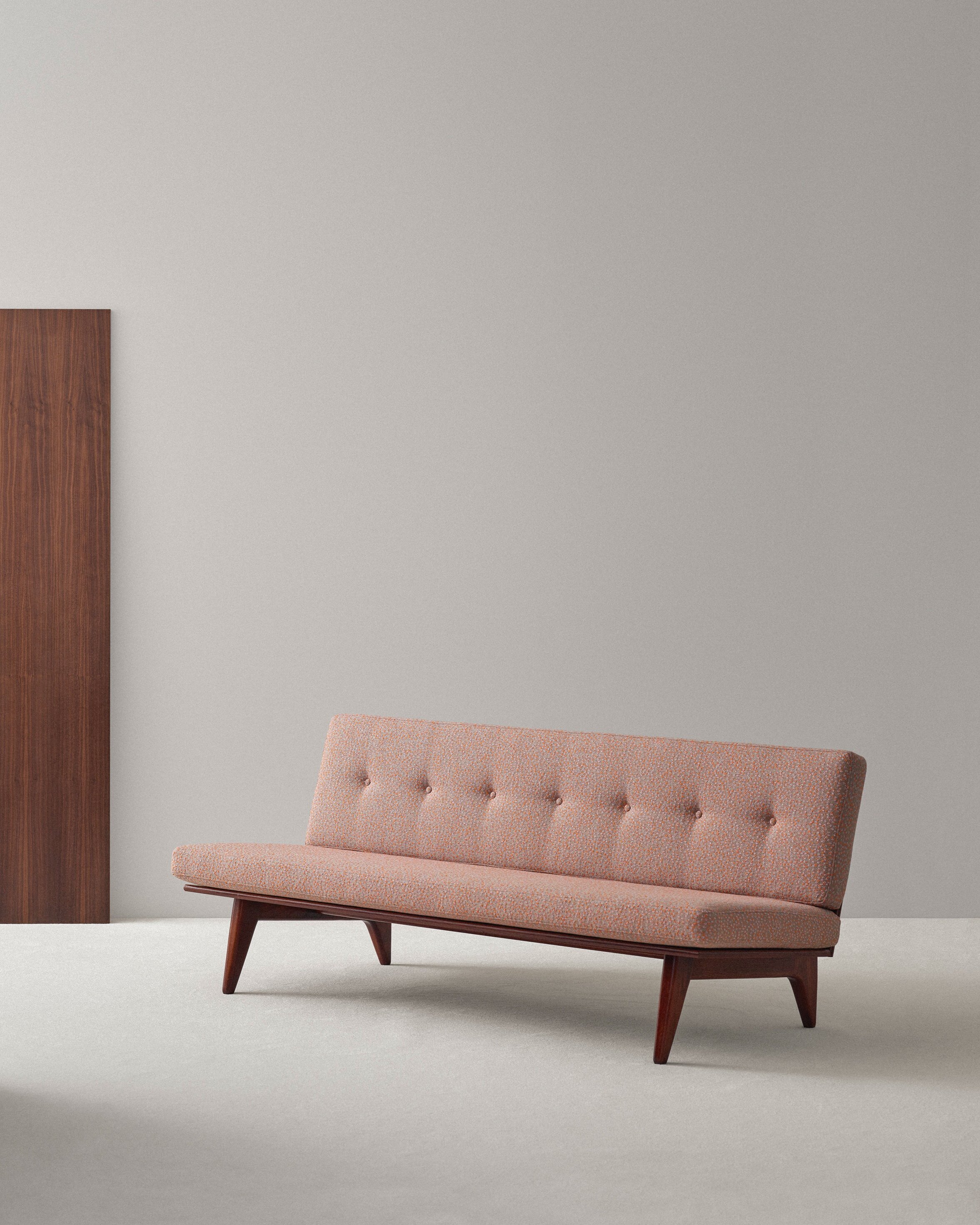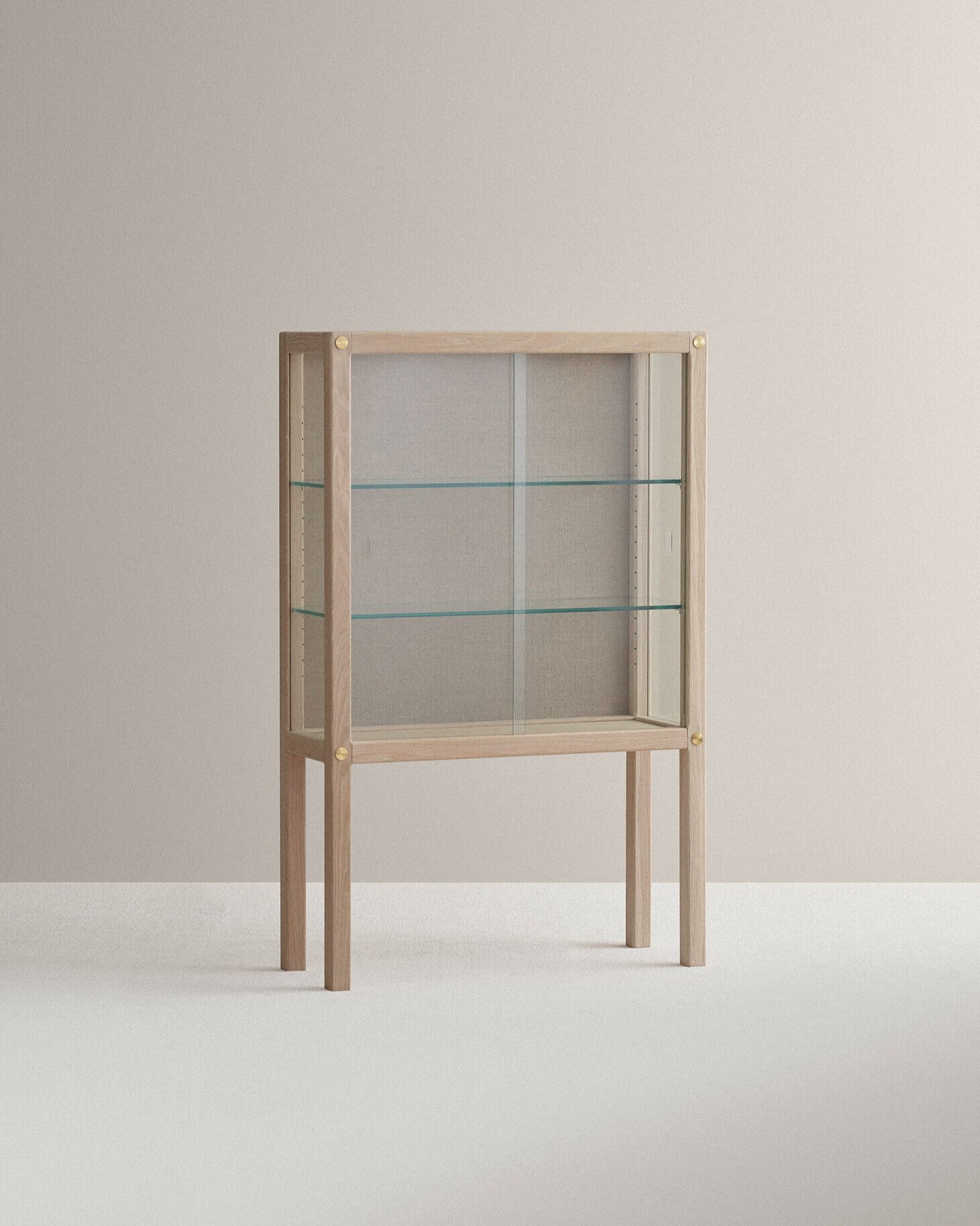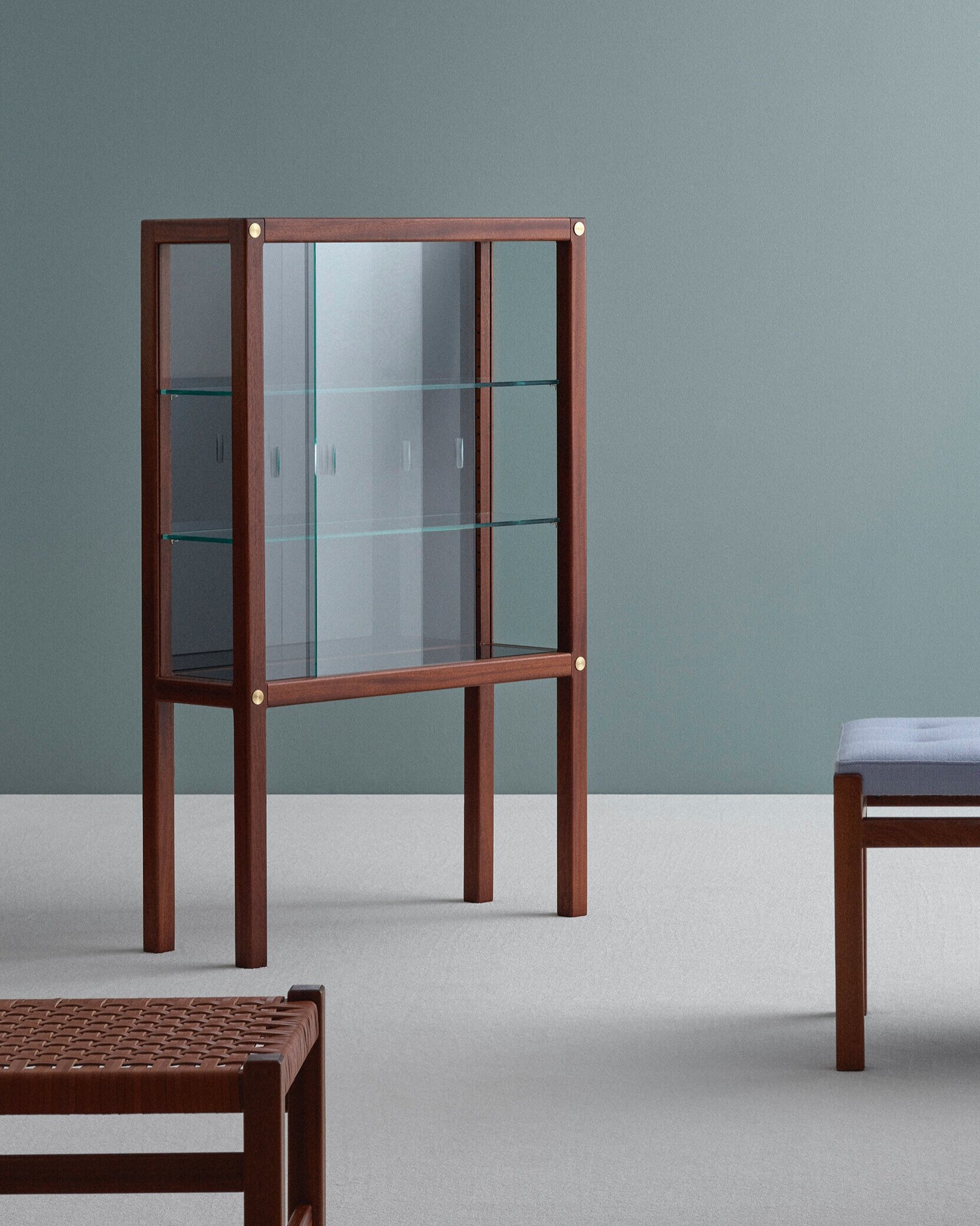Introducing Ornäs
Contemporary design and craftsmanship since 1945
Ornäs was born from a desire to continue the ground-breaking life’s work of Finnish design pioneer Carl-Gustaf Hiort af Ornäs (1911-1996). It is a legacy they wish to cherish and preserve.
The story dates back to 1945 when Hiort af Ornäs established a joinery workshop in Helsinki that allowed him to cooperate seamlessly with cabinetmakers. The Finnish and Scandinavian design heritage begun by Hiort af Ornäs has been steered by brothers Janne and Samuli Ylönen and their families since 2016.
Favouring durability over passing trends, Ornäs continues to carve its own path in the footsteps of Hiort af Ornäs. The company shares his passion for quality, artistically ambitious design, aesthetics and craftsmanship, right down to the finest detail. They believe these values set Ornäs furniture apart as timeless classics that maintain their appeal from one generation to the next and come to their own in a variety of settings time and again.
Today, the iconic design classics of Hiort af Ornäs form the solid core of the collection. The re-issue of each Hiort af Ornäs design is carefully considered, gradually building up the offered collection whilst their new products adhere to his design principles.
Tradition lives on in every intricately finished Ornäs piece created by uncompromising craftsmen at their workshop in Finland. The furniture is always crafted for generations to come.
Carl-Gustaf Hiort af Ornäs
Carl Gustaf Hiort af Ornäs was driven by a genuine desire to create unprecedented pieces of furniture. Carving out an international path, the Finnish designer was an uncompromising idealist, who painstakingly refined his products in pursuit of perfection.
His work was guided by a respect and profound understanding of wood. In addition to distinctive aesthetic forms, he was passionate about function and the manufacturing process. He told his children that the reason for establishing his own company was to see how his ideas could be transformed into three-dimensional objects.
Hiort af Ornäs strived to create furniture that was both contemporary and timeless. In the process, he developed new, ground-breaking manufacturing techniques and came to hold several international patents. Established in 1945, his joinery workshop Puunveisto Oy developed the world’s first plywood bending machine that could press plywood simultaneously in three directions. Between the 1940s and 1970s, seamless collaboration between the designer and skilled cabinetmakers resulted in high-quality furniture with a special sculptural aesthetic and refined details.
Studies at the Department of Architecture at Helsinki University of Technology instilled Hiort af Ornäs with an instinctive feel for space. As a furniture designer, he was fascinated by the relationship between furniture and space. He had a strong desire to create beautiful, functional, modern pieces that would look right in a variety of contexts, from private residences to public spaces.
Siesta is a classic lounge chair with an inimitable form that continues to allure from one decade to the next. Siesta was born from Hiort af Ornäs’ pursuit for a flawless chair that would suit any interior and resemble a comfortable lap to rest in. The organic form and carefully considered functionality strike the perfect balance.
Hiort af Ornäs painstakingly perfected the Siesta chair for years before it reached its final form in 1952. He created numerous wax-moulded and plaster cast models and a series of prototypes that he kept refining in his quest for perfection.
The curves of the backrest and angle of the seat are designed to offer ideal support while sitting, while the delicate design charms with its harmonious beauty.
The manufacturing process was a continuous source of inspiration for Hiort af Ornäs, who developed several innovative methods during his lifetime. The organic shape of the Siesta lounge chair required a pioneering technique: the designer was the first in the world to create a plywood press that was able to bend plywood in three directions at the same time.
The sculptural Rialto chair is a true masterpiece in carpentry. The chair that was originally designed for the Milan Triennale in 1957 combines streamlined forms with refined details.
Hiort af Ornäs approached furniture design like a sculptor. His furniture looks beautiful from any angle, often revealing intriguing details in the most surprising places. No need to hide anything against a wall – Rialto is like a sculpture that can be placed in any part of a room.
The streamlined design and sophisticated details engage in a fascinating dialogue. The braided leather straps at the back and curved legs shaped from a single piece of wood give Rialto its unique appearance.
Re-issued in autumn 2020, Rialto is a contemporary classic that changes its appearance depending on the chosen wood type, upholstery, backrest and armrest finishes.
The frame is available in four options: mahogany, walnut, oak and birch. The backrest can be chosen in exquisite leather braiding or stunning raw linen. Leather straps are also available for the armrests.
The Åre sofa is a marriage of a refined aesthetic and functionality. The two-part frame is easy to dissemble and reassemble. The sofa is available in a choice of button upholstery or washable loose covers.
Hiort af Ornäs approached furniture design like a sculptor, making sure pieces looked beautiful viewed from any angle. The sculptural rear of Åre almost beckons for the sofa to be placed in the middle of the room.
The Åre sofa is available as a two or three-seater model, with a mahogany, walnut, birch or oak frame and with several upholstery options.
The distinctive Mandariini chair merges a soft, futuristic form with a timeless appeal. Designed in 1960, the chair’s funnel-like swivel seat meets a wood-coated steel leg. The aesthetically pleasing, extremely comfortable and durable chair is the perfect choice for both private homes and public spaces.
The shape of a funnel served as the starting point for the Mandariini chair, while the seat is reminiscent of Japanese origami. Hiort af Ornäs once said that during the design phase he would sit at his kitchen table night after night cutting and folding paper in an effort to design a cone-shaped chair.
“I played with the idea of a cone and the different ways it could be cut for a couple of years. I kept thinking about it because a plywood press can easily cut out a cone.” Mandariini is testament to the manufacturing process being an endless source of inspiration for the designer.
The elegant forms and sophisticated finishes of the Näyttely display cabinet form an elegant whole. Light flows freely through the glass doors and walls, giving the cabinet with a solid wood frame a light and airy feel.
Re-issued in autumn 2020, the Näyttely display cabinet can be adjusted for a range of interiors according to the chosen wood, surface treatment and finish on the rear. Mahogany, walnut, oak and pale Scandinavian birch can be combined equally well with raw linen or clear, black or mirrored glass.
The cabinet is a versatile storage solution. The hand-cut glass shelves make sure vignettes of treasured objects stand in the limelight, while the glass doors protect books and tableware from dust. Due to its small size, the cabinet suits a range of purposes and looks right in different areas of the home. The beautiful finish on the back means the cabinet can also be used as a room divider.
Hiort af Ornäs originally designed the Näyttely display cabinet in 1955 as an interior element for Finnish embassies. Each cabinet is still handmade in Finland to the finest detail using the same original methods.
Pedro is a 1950s classic that combines sculptural legs with a soft, curvy seat. The upholstered sofa creates a beautiful pair with the Pedro lounge chair.
Hiort af Ornäs designed the Pedro range in the early 1950s as furniture for every home. The delicate sofa with its balanced proportions suits a variety of interior styles from public spaces to private homes of any size


